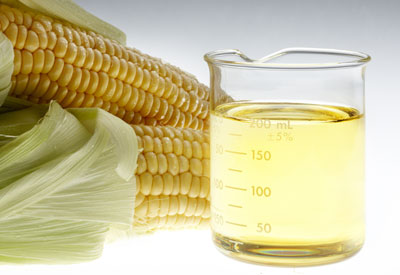Resources & Associations for Ethanol Plants
 MnTAP offers the following case studies as examples of ways that ethanol plants can improve processes, reduce waste, and lower energy use. Additionally, we provide a list of ethanol industry associations that provide support and networking opportunities to ethanol plants.
MnTAP offers the following case studies as examples of ways that ethanol plants can improve processes, reduce waste, and lower energy use. Additionally, we provide a list of ethanol industry associations that provide support and networking opportunities to ethanol plants.
MnTAP Ethanol Publications
- Report: Ethanol Benchmarking and Best Practices [PDF 445KB]. This report highlights the potential for improvements in the use of resources including energy and water, and provides best management practices for reducing environmental impacts. A report summary is also available.
Water Resources
- Intern Summary: Ethanol Plant Conserves Water through Reuse. Buffalo Lake Advanced Biofuels (formerly known as Minnesota Energy) worked with a MnTAP intern to reduce water used and wastewater discharged by the facility.
- Fact Sheet: Best practices for dry mill ethanol plants: water quality and efficiency. This MnTAP fact sheet features processes or equipment modifications that can help a facility improve wastewater quality and reduce overall water use.
- IATP Report: Water use by ethanol plants: potential challenges. The Institute for Agriculture and Trade Policy prepared this report on the potential water challenges associated with ethanol production facilities.
- MCES Study: Recycling treated municipal wastewater for industrial water use. This Metropolitan Council study concludes that recycled wastewater is an emerging non-potable water supply and is viable for some industries, including ethanol.
Energy Resources
- Fact Sheet: Best practices for dry mill ethanol plants: energy efficiency. This best practices fact sheet from MnTAP provides ways to reduce energy and increase efficiency.
- Report: Energy efficiency improvement and cost saving opportunities for the corn wet milling industry. This report from the Department of Energy shows energy efficiency opportunities available for wet corn millers. However, many of these best practices could be applied to the dry mill process as well.
Additional Ethanol Industry Reports
- Modeling the process and costs of fuel ethanol production by the corn dry-grind process. Process and cost models developed by the Agricultural Research Service, Eastern Regional Research Center, are simulations that may be used to evaluate the economics of changes in the production process, variations in feedstock and coproduct costs, differences in the composition of corn, and the use of alternate feedstocks.
- Factors associated with success of fuel ethanol producers. University of Minnesota Professors Douglas Tiffany and Vernon Eidman published a report discussing success and failure of dry mill ethanol plants utilizing corn as feedstock.
- Wind and ethanol: economies and diseconomies of scale. The Institute for Local Self Reliance published a report evaluating economies and diseconomies of scale for wind and ethanol.
- Analysis of the efficiency of the U.S. ethanol industry 2007. In 2007, the Renewable Fuels Association (RFA) conducted a survey of US ethanol production plants to provide an assessment of the current US ethanol industry. The survey response was based on 2006 data.
Training and Associations
- Minnesota Bio-Fuels Association
- Minnesota Corn Growers Association
- Renewable Fuels Association
- American Coalition for Ethanol
Web sites
- Minnesota State University Mankato has an engine emissions lab that is testing higher blends of ethanol.
- A USDA Net Energy Balance report estimates the net energy balance of corn ethanol using the latest survey of U.S. corn producers and the 2010 U.S. survey of ethanol plants.